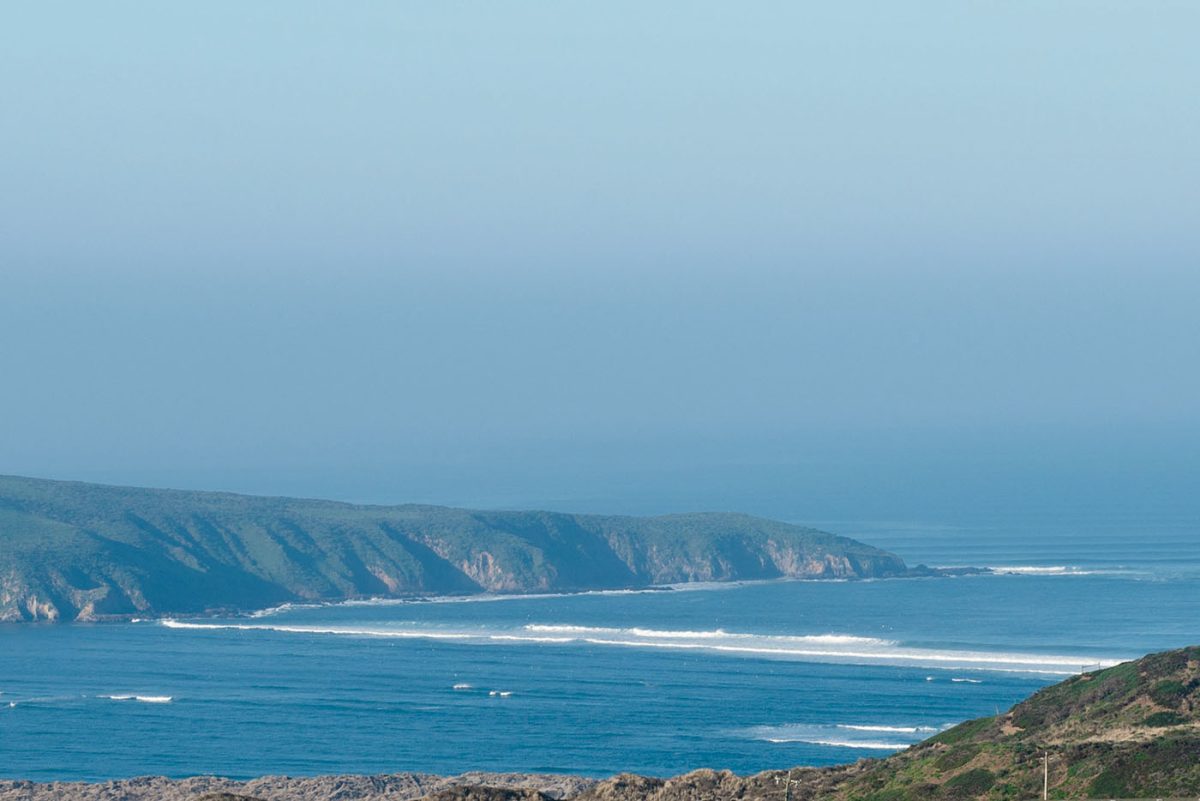Two offshore buoys that went out of commission in the last year may be restored in the coming days and months, filling a gap in . . .
Buoys will be restored soon


Two offshore buoys that went out of commission in the last year may be restored in the coming days and months, filling a gap in . . .